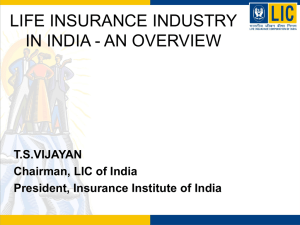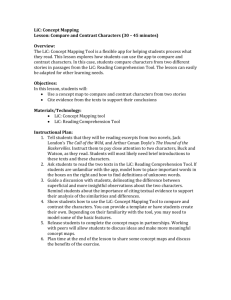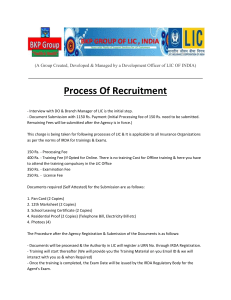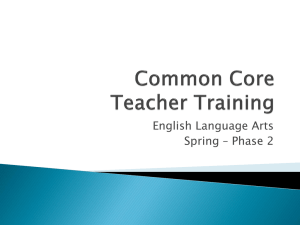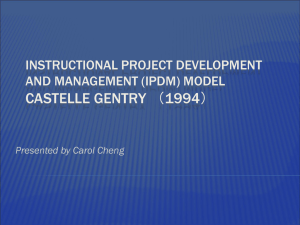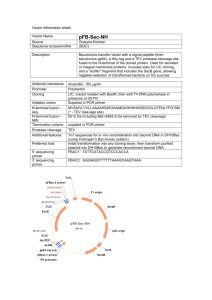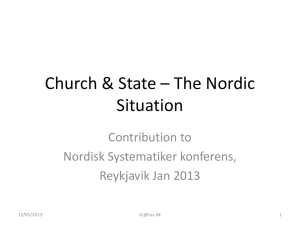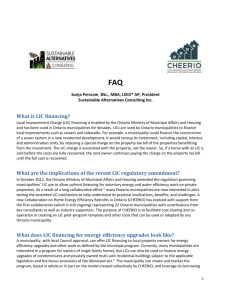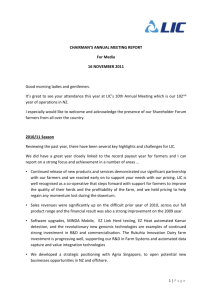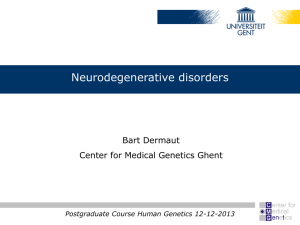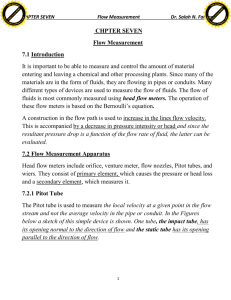Designing a 21st Century School Library Media
advertisement
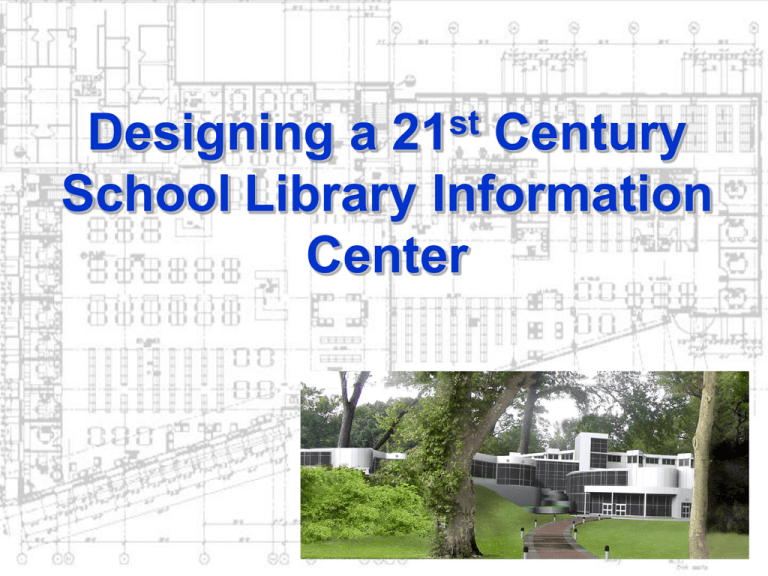
st 21 Designing a Century School Library Information Center Purpose of an LIC • To support the implemented curriculum of the school by providing resources that will expand and enhance student learning beyond the textbook • To support the recreational reading needs of all members of the learning community • To support the information needs of all members of the learning community • To serve as the information resource center for the school An Information Resources Center in the 21st Century - is a central resource which supports the total school curriculum and ethos, in which a spirit of enquiry is encouraged to engender lifelong interests and passions - is an integral part of teaching and learning and other activities in the school - is a focus of information/learning skills development throughout the school Source: Tilke, A. (ed.), Library Association guidelines for secondary school libraries, London, 1998 An Information Resources Center in the 21st Century - provides opportunities for the individual to read more widely and think more deeply - is an important resource in the school for leisure and recreational needs - is an essential partner in the development of lifelong learning skills Source: Tilke, A. (ed.), Library Association guidelines for secondary school libraries, London, 1998 Mission of San Diego Public Library • Respond to the information needs of San Diego's diverse communities • Ensure equal access to local, national, and global resources • Anticipate and address the educational, cultural, business, and recreational interests of the public • Develop and provide welcoming environments Vision for the 21st Century South Carolina school library information centers will use complex technologies to provide the greatest access and delivery of information in traditional print and digital format to members of their learning communities. Core Missions of the LIC • Library as physical space • Library as information resource center • Library as instructional delivery center • Library as service provider 3 key factors • People – Student users – Adult users • Program – – – – Instruction ICTs Collection Literary/cultural events • Place – Ambiance – Lifelong learning ethos Trends in Education • Typical school spaces will change. • Instructional materials will continue to evolve. • Technology will dominate instructional delivery. • Technology will be available from multiple access points. • Libraries will need more people space and less collection space. Trends in Education • “Electronic Village” • school activities include – communication among teachers, – communication between teachers and administrators, – communication between school and community members, – communication between teachers and parents, – collaborative learning among students – collaborative learning between students and community mentors Four characteristics essential to a successful "electronic village" • achieving a "critical mass" of users • focusing on interactions between people rather than focusing on particular technologies • providing applications tailored for each type of user • implementing new services on a timely basis, so that community networking becomes a fundamental consideration in the vision and planning of the networking infrastructure Design for… • • • • • Growth and program development Continued and future infusion of technology Expanded hours Staff changes and more users Flexible use of space Focus should be on future learning needs that result from emerging technologies, curricular changes, and new organizational patterns rather than on structural requirements and code compliance. 21st Century Media Center Venn Diagram Professional Area Informational Area Production Area LMC Work Area & Storage Presentation Area Instructional Area Social Area Technology Connectivity Reading Area Physical Spaces • • • • • • • • • • • • Informational Area Instructional Area Presentation Area Production Area Recreational Reading Area Equipment/AV Storage Workroom Offices Professional Room/Conference Room Social Area Technology Connectivity Restroom(s) General Design Considerations • Grade range (e.g., K-5, 6-8, K-12) • Sharing space for extended grade ranges • General location within the larger school facility • Color Scheme – Traditional/classic colors – School colors • HVAC – Climate controlled year-round – Zones – Ventilation General Design Considerations • Location of LIC should acknowledge central role information services play in learning programs for students and teachers • Location should be strategic to: – Facilitate ownership by all users – Ensure easy access to resources to ensure integration of information services and ICTs into the curriculum – Provide easy access to the street for deliveries and for community use General Design Considerations • Sharing space with the community • Security – Electronic Security Systems – Lockable storage – Anchoring of valuable equipment • Accessibility/User-friendly • Electrical/Data Connectivity • ADA requirements – Entrances/Exits – Tables – Computer workstations Designing for Safety Crime Prevention Through Environmental Design • http://www.cpted.net • Minimal cost – if included during design process • Works with school design for safe architecturally-pleasing facility • Allows after-hours building use by community • Control number of exits for safety and traffic flow Designing for Safety Crime Prevention Through Environment Design • Plan unobstructed views of major areas (e.g., parking, front entrance, outside entrance to information center, reading room, conference room) • Locate windows out of reach of potential vandals • Locate rooms used by community near front and center of building; lock off remainder of building • Locate rooms used by community along outer wall of media center; lock off remainder of library • Student entrance to library: design multiple routes to this area to avoid congestion. General Design Considerations • Floor Covering – Location – Carpet – Tile • Lighting – Task lighting – Windows/Natural light • Acoustics • Gallery/Display Space General Design Considerations • Physical arrangement – – – – Flexibility of space More people space Less collection space Conducive to inquiry, study, independent use • Infrastructure • Relation of LIC to entire school is critical for ease of moving materials and equipment easily from LIC to other learning areas Functional Areas •Flexibility: variable space through movable partitions or use of furniture and shelving as partitions. •Traffic Flow (patterns) •Visual Control • • • • Informational Area Presentation Area Production Area Instructional Area Martha Alewine Consultant, School Library Media Services Office of Technology 725 Marshall Road Greenwood, SC 29646 Voice: 864-229-4230 Fax: 864-941-5421 Email: malewine@ed.sc.gov



